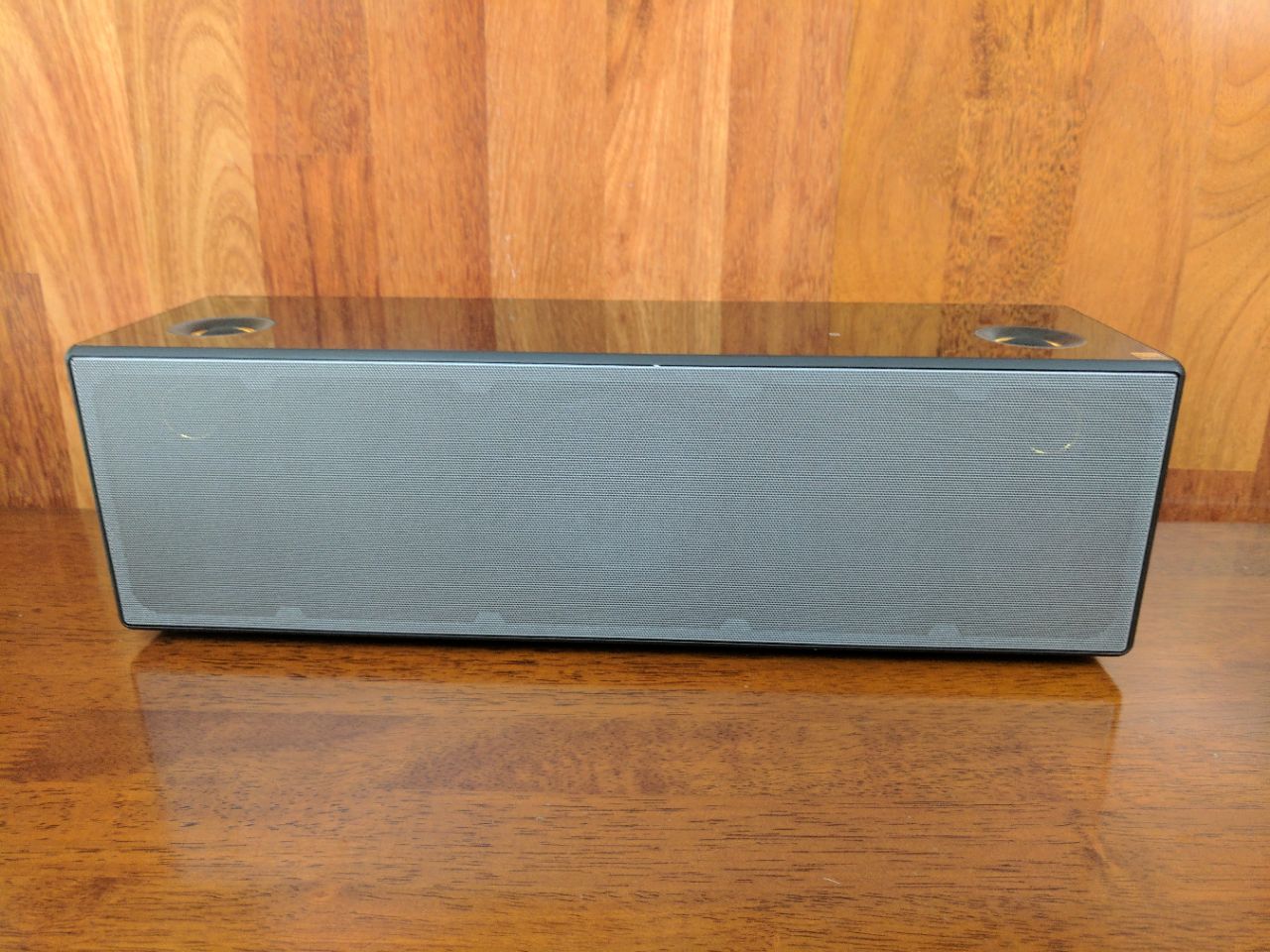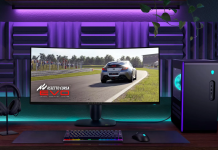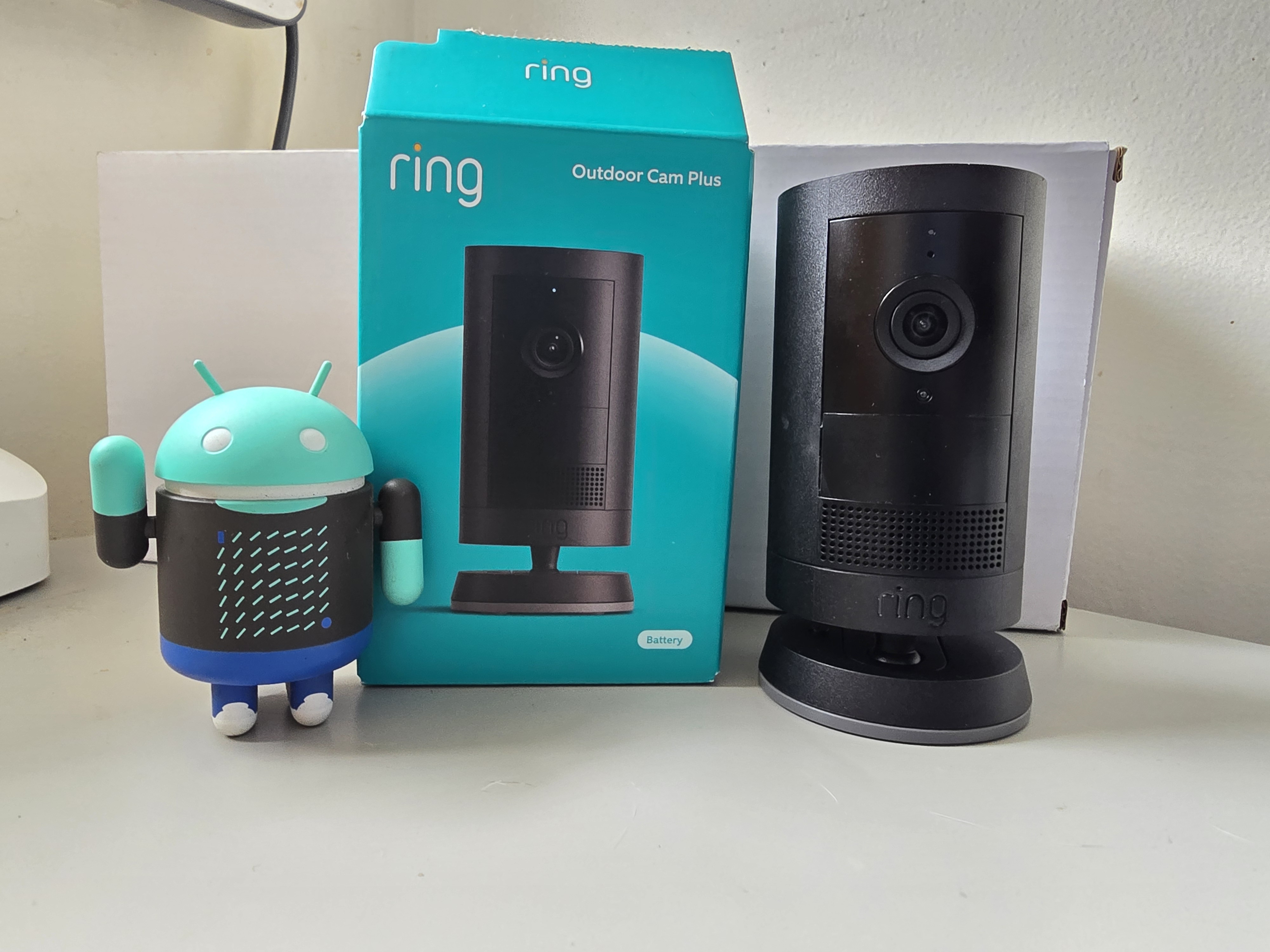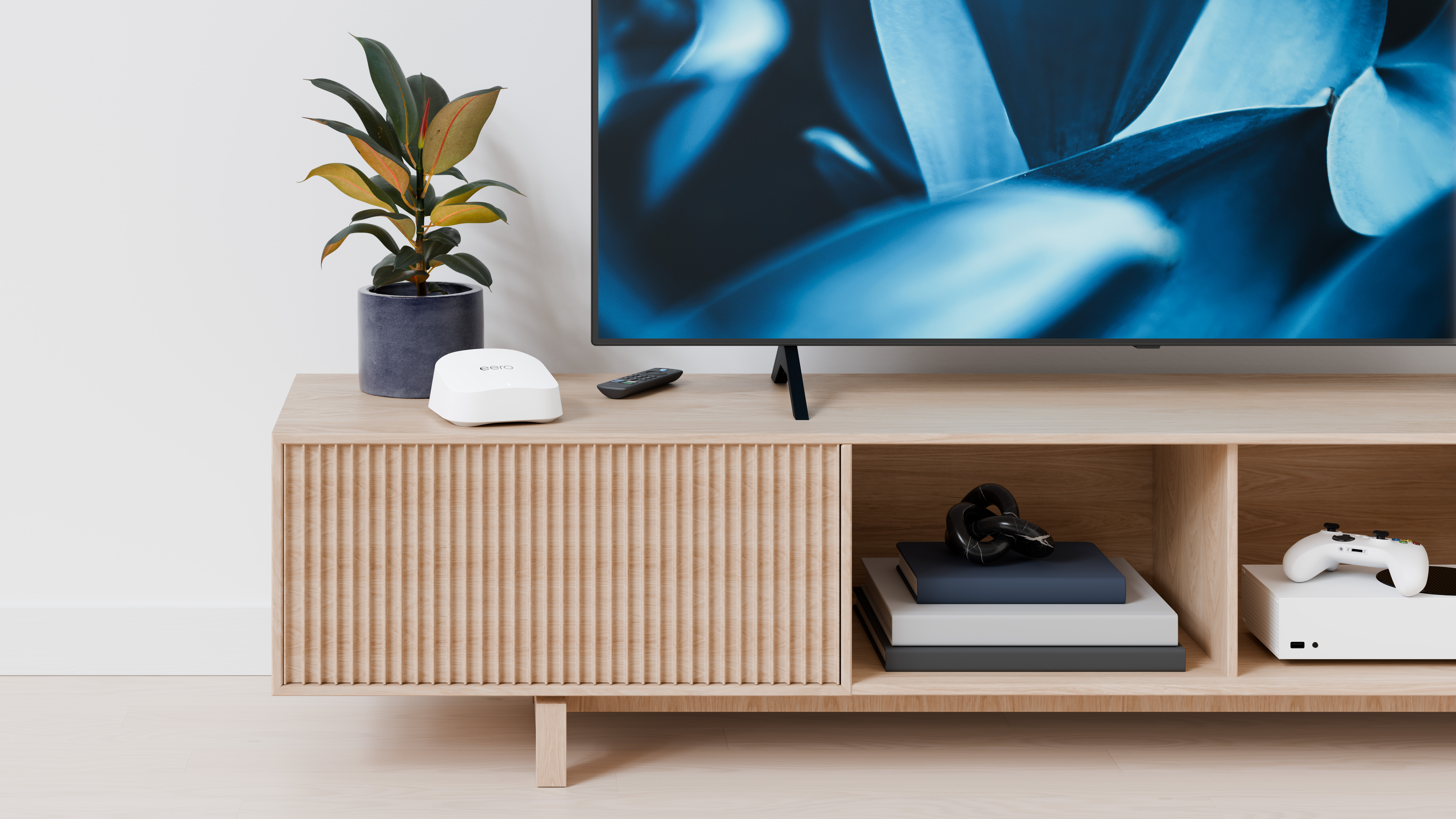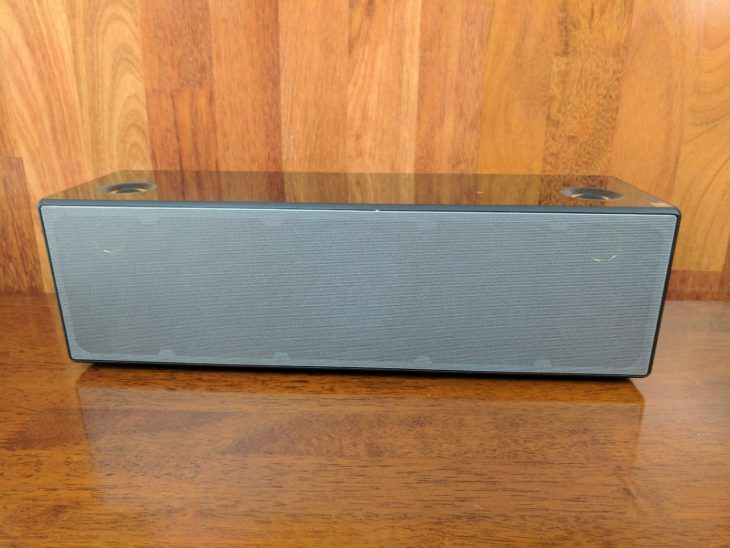
The Google Cast protocol is as mysterious as it is inconsistently implemented, especially since Google announced, and then eventually added multi-room support for the whole Google Cast ecosystem of devices. It was a bit of a long wait but now we are seeing speaker makers include the Multi-room features of Google Cast into their devices.
I got to play with a couple of Sony SRS-X99 Wireless Multiroom Speakers which Sony have recently updated to include the multi-room Chromecast support. Before we discuss the Google Cast implementation, I wanted to quickly talk about the SRS-X99’s.
Simply put, I am ruined. No matter what I’ll always know how good these speakers were. Sure other speakers will come my way, and some will be awesome, but the SRS-X99 are the first speakers I fell in love with.
The 7-speaker system provides style, multiple connection methods, elegant design and stunning audio clarity. From a feature set was a stand out function, the ability to “wake” a sleeping speaker via the network. This meant the X99s were always available as to me as Cast targets and selecting them would power them up ready to stream.
We originally reported that Sony would be bringing the new multi-device Google Cast streaming to the X77, X88 and X99 speakers. Since then we’ve been in discussions with Sony engineers and can confirm that their implementation is actually far wider than that.
Sony will be bringing the GM3 (Google Music Services v3) update, as they refer to it internally, to the following devices:
Receivers:
STRDN 1070 (2016 model) and STRDN 1060/860 (2015 model).
Sound Bars:
HTCT790 and HTNT5 (2016 models) and HTHT3 (2015 model)
WiFi Speakers:
SRS-X77, SRS-X88 and SRS-X99 (H1 2016 Models) SRS-HG1, SRS-ZR5, SRS-ZR7 (H2 2016 Models)
Multi-room streaming
There is something great about walking around your house with exactly the same music, or podcast, playing everywhere. If you haven’t experienced it, it really is fun, however, unlike may fun things the usefulness doesn’t seem to abate, I used this feature whenever I was allowed to.
Setting up the streaming groups is simple, once you have connected all of your Google Cast-enabled devices to your Google Home app (previously Google Cast app) you can then start creating music sharing groups in whatever combination you want. Once established you can simply select that group as a normal Cast target, assuming at least one of the grouped speakers in viable to the network.
From there Casting is exactly like it is with any other speaker, when you click on the cast icon you’ll get a list including all of your speakers and your multi-device group. With the SRS-X99 you also have a bundled remote control, and this is one of the places Sony’s implementation delights.
With the remote, you can adjust the volume (local to the speaker not across the group) but you can also pause/ resume or skip forward and back via the remote. Sony’s implementation will relay those control commands back via the Cast protocol and walla, you’ve got full control of your stream.
I planned a set of experiments involving Google assistant, IFTTT and my harmony learning remote, however, Harmony seems to have undergone some sort of back end account changes and I’m locked out of my Harmony account. This was more for coolness than any sort of practicality.
With Google Home released, and maybe one day coming to Australia, I can imagine having a Sony WiFi Google Cast GM3 updated device in every room of my house. Being able to simple commence streaming my content where I want it would be awesome.
The SRS-X99 is Sony’s top of the line wireless speaker and is priced accordingly at $999. If you want the cast experience at a lower price point there SRS-HG1 (or the h.ear go as it’s also known) can be found for around the $280 mark per unit, and the newer SRS-ZR5 for $379 and SRS-ZR7 for $479, all of these models will support multi-room Google Casting.
If the X99s had a negative it would be their size, of course, you’re not going to get this kind of sound from something smaller, however, the scale of the device and my choice of locations did interfere with, shall I say, family harmony.
Can it be better?
This is where we depart from Sony’s specific devices and look at Google Cast multi-device streaming. While nothing is ever perfect there is little I can think of that I would change about the SRS-X99, except maybe cut the price in half, but that’s just me being cheap!
When using Google Cast you get used to the “did it work” moments. You select a cast target and start the audio and you hope to all that is holy that the streaming internet gods will rain down your sound waves, especially if the NBN overloads are yet to grace those not living in marginal electorates. Perhaps this is just the way of internet streaming?
This brings me to my first feature request, local casting. When I have all of my content already on my phone, and I’m connected to the same local network I do think it’s a bit crazy that I have to send my audio up to the cloud and back again. Perhaps this is pivotal to how the audio sync and control works, perhaps there is a really great reason for it, but I really hope I can one day locally Cast content, even if to just one speaker, but the group would be better.
Feature request 2 sees the marrying of Google Cast and the Nearby API. Imagine a world where you activate your whole streaming network across your entire house, you then walk from room to room, as you do your phone or watch or glasses or whatever picks up the active but silent speaker in the room and all of sudden the audio starts (and turns off in the other rooms).
Personal, whole of house audio, Google I need this, please, now. Casting to the whole house is fantastic, but playing the audio in rooms I’m not currently in (in some situations) seems less than efficient on both the life of the speaker cone and power consumption, so room detection through Nearby would be awesome.
The final feature request is something I think is bordering on a product defect on Google Cast, on the fly group selection. At present too great a casting group you have to power on all of the speakers, go into the app and then manually connect them and name a permanent group.
What I want is the ability to tap on the cast icon and simply select all the speakers I want to cast to, on the fly. What if I hadn’t created a configuration I needed for that situation? I’d have to go to the Google Home app and create a new group, then jump back to my content app and start the stream.
It would be simpler to keep the grouping option for often used pairings for swift access, but also allow users to just join any speakers they wanted from within their network. The Sony speaker with their network wake from sleep would be an awesome option for this.
Overall despite my feature requests, the implementation of Multi0room audio through Google Cast is excellent. It is both practical and enjoyable. My only issue now is figuring our how to hide a bunch of wake on network Google Cast-enabled speakers around my house… well that, and actually being able to afford them.
If you’re looking at new speakers or a receiver make sure it supports this function, you won’t be sorry.

